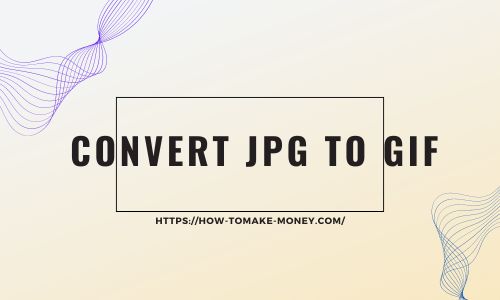Exploring the Transition from PNG to GIF:
In digital imagery, formats play a crucial role in determining visual content's versatility, quality, and compatibility. Among the myriad of formats available, PNG (Portable Network Graphics) and Graphics Interchange Format (GIF) stand out as popular choices for various purposes. This article delves into the transition from PNG to GIF, examining their evolution, utility, and practical applications in the digital landscape.
Evolution of PNG to GIF:
The evolution traces back to the late 1980s and early 1990s, coinciding with the rapid advancement of digital technology. Graphics Interchange Format (GIF), developed by CompuServe in 1987, initially gained prominence for simple web graphics due to its efficient compression and support for animations. However, its limited color palette and patent-related issue prompted a different image format.

In response, PNG emerged as a success to GIF, providing improved features such as lossless compression, alpha channel support for transparency, and a border color spectrum. Developed by a consortium of developers in 1996, Graphics Interchange Format (GIF) aimed to address the shortcomings of existing formats while promoting openness and accessibility in image encoding.
Utility of PNG and GIF:
PNG and GIF have distinct yet complementary purposes in the digital realm, each tailored to specific requirements and scenarios. Graphics Interchange Format (GIF), renowned for its lossless compression and transparency support, finds favor in contexts where image fidelity and quality are paramount. From photography and digital art to website design, development, and graphic design, PNG is a versatile image format for preserving visual integrity without compression on detail and file size.
On the other hand, the strength of the Graphics Interchange Format (GIF) lies in its ability to convey simple graphic design and animations efficiently. Despite its limited color depth compared to PNG, GIF remains a preferred choice for animated memes, banners, and social media content due to its widespread support and ease of creation.
GIF’s compact file size makes it essential for sharing across various platforms, ensuring seamless playback and compatibility across devices.
Transition from PNG to GIF:
The transition from PNG to GIF reflects a dynamic interplay between technological advancements, aesthetic preferences, and practical considerations. At the same time, Graphics Interchange Format (GIF) offers superior image flexibility and quality, such as in instances where GIF’s simplicity and widespread compatibility outweigh its limitations. For example, in scenarios where file size or bandwidth constraints are a concern, opting for GIF over PNG may be more pragmatic, especially for web-based applications or platforms, including resources.
Furthermore, the resurgence of GIFs as a form of visual communication has fueled their adoption across messaging apps, social media marketing, and digital marketing campaigns. The ability to convey reactions, emotions, and narratives through looping animations has made GIFs an integral part of online culture, transcending language barriers and engaging audiences in novel ways.
How to use PNG to GIF Tool:
- Click on Upload Option
- Upload Your PNG Image File
- Then Click on the Convert Option
- Get Download Your Image.
Conclusion:
The transition from PNG to GIF epitomizes the dynamic nature of modern imagery, where pragmatism, innovation, and creativity converge to shape visual experiences across diverse platforms and contexts.
Go to how to convert jpg to gif.









